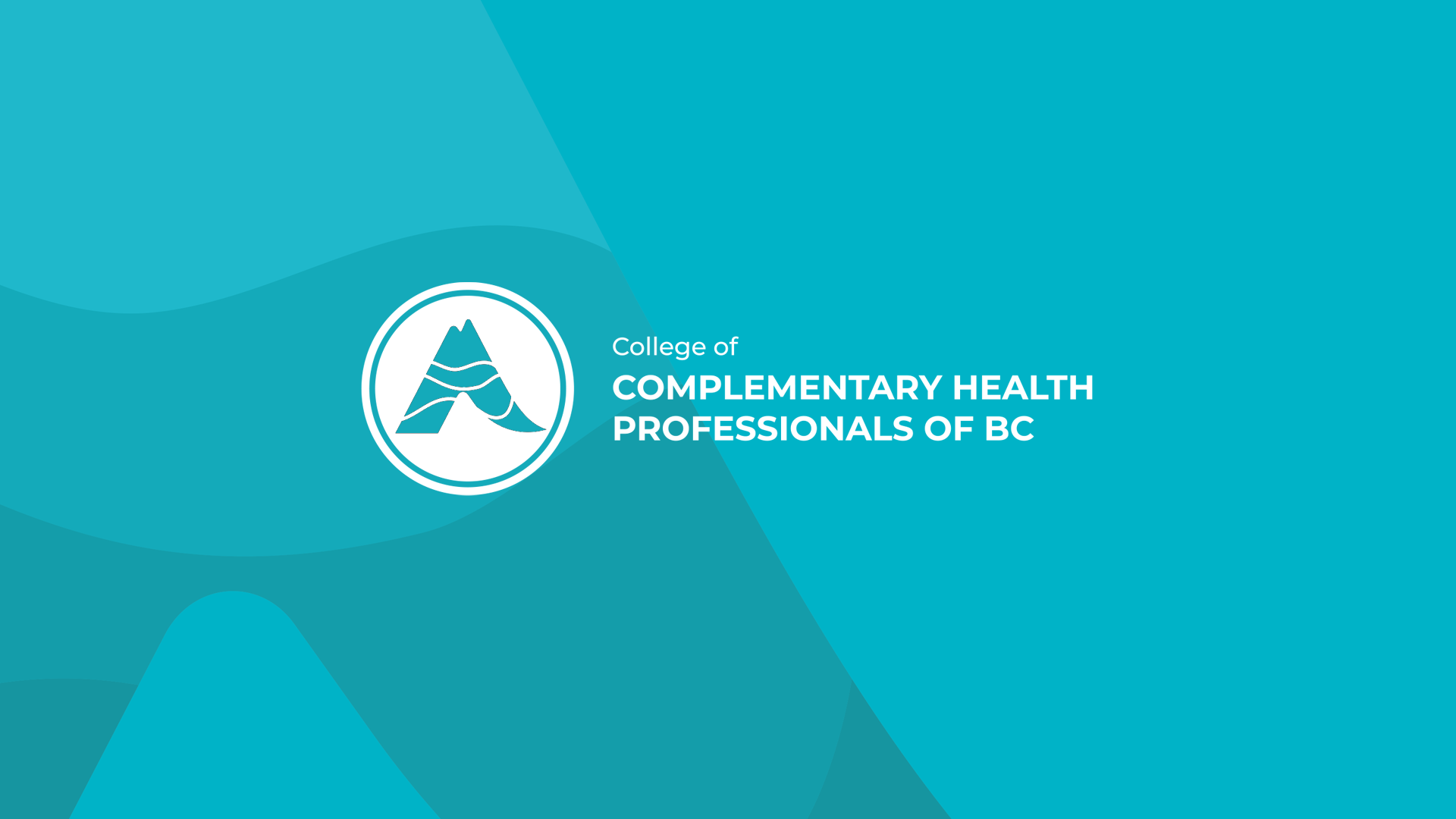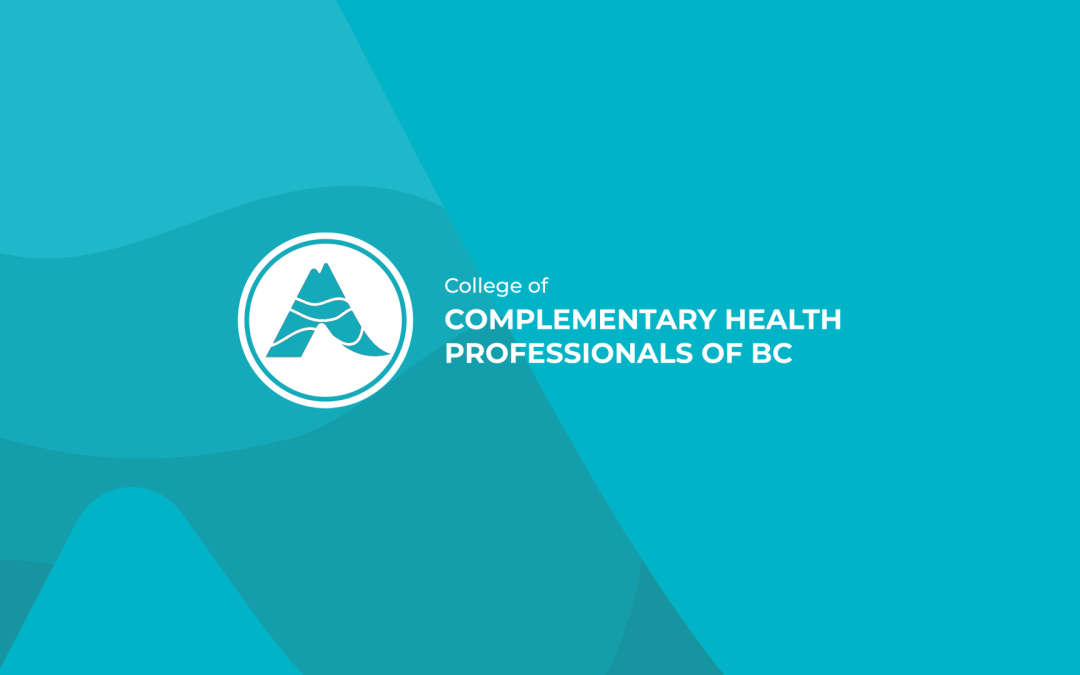CMTBC has compiled a summary of information about recent disciplinary actions taken by the College. The disciplinary actions relate to a number of professional misconduct themes, including consent and boundaries violations, inappropriate use of a cell phone, failure to respond to or cooperate with the College, lapses in professional liability insurance and Standard First Aid/CPR-C, and other issues.
CMTBC is sharing this information, in a series of two articles, to make registrants aware of recent disciplinary actions and to contribute to prevention of professional misconduct. The second article will be published next month.
Cell phone use during treatment
In a recent case, an RMT admitted to using his phone while providing treatment. While the patient was lying face down on the massage table, the RMT massaged the complainant with only one hand for a period of time, while he used his other hand to hold and use his phone for personal communications. This was in violation of sections 1 and 3 of the CMTBC’s Code of Ethics and subsection 11 of the College’s practice environment standard of practice. The RMT agreed to a three-day suspension of his registration, a formal reprimand, completion of extensive remedial education, payment of a fine, and other terms.
This is one of several recent complaints that CMTBC has received from a patient who realizes that their RMT is using a cellular phone while massaging the patient. Generally, the patient is lying face down when this occurs, and the RMT thinks that their conduct is harmless because it is, literally, behind the patient’s back. However, the patient generally becomes aware of what is going on, either by hearing noises or by raising their head and looking; this results in the patient feeling considerable distress, as they are undressed and perceive that the RMT may be photographing or video-recording them surreptitiously in a state of undress.
CMTBC reminds RMTs that the use of electronic recording devices during treatment is prohibited, unless it is for a permitted purpose and certain conditions, such as obtaining patient consent, are met (see section 11 of the Practice Environment Standard of Practice).
Professional boundaries
A number of recent cases have involved complaints about boundary crossings or violations. In one, an RMT admitted that he engaged in professional misconduct by making remarks of a sexual nature to a patient. While providing massage therapy services, the RMT asked the patient, “you’ve never had bondage therapy?” while he used a strap around the patient’s thigh to perform a hip distraction. The RMT also introduced the topic of massage parlours and referred to them as “rub-and-tug” establishments.
By engaging in this misconduct, the RMT contravened sections 3 and 15 of CMTBC’s Code of Ethics, and sections 1, 2, 3, and 12 of the College’s Standard of Practice on Boundaries. The RMT agreed to a one-week suspension of his registration, completion of extensive remedial education on professional ethics and boundaries, and other terms.
In another recent case, a former RMT admitted he committed professional misconduct by engaging in sexual touching of a patient. The former RMT massaged areas such as the patient’s muscles connected to her pubic bone and breasts when there was no indication that this treatment would provide a clinical benefit to the patient, who was not seeking treatment for any issues related to these areas. The former RMT did not ensure the patient was fully informed regarding assessment and treatment and provided consent. The former RMT was criminally charged with sexual assault, and failed to comply with section 77 of the Bylaws then in effect and committed professional misconduct by not immediately reporting the criminal charge to the Registrar.
The former RMT also committed professional misconduct by not keeping a clinical health care record that:
- contained sufficient information to explain why the patient came to see him and what he learned from both the patient’s current medical history and assessment;
- contained a clear record of the specifics of any treatment plan, treatment provided and the patient’s response, any follow-up plan, and any recommendations or instructions for patient self-care; and
- maintained a record with respect to the patient containing the date of the services rendered, type of service, the charge made for the service, and record of payment.
With another patient, the former RMT committed unprofessional conduct by engaging in text message conversations that failed to establish a professional rapport with the patient and by disclosing personal information that was unrelated to the provision of patient-centred care. The former RMT also committed professional misconduct by sexualizing the treatment environment and the therapeutic relationship through words, touch, and implicit and explicit sexual conduct and also allowed the patient to do so. The former RMT also committed professional misconduct by engaging in sexual intercourse with the patient, with whom he was still in a therapeutic relationship.
The former RMT agreed to cancel his registration and will not be eligible to apply for reinstatement of registration for a period of 15 years.
CMTBC reminds RMTs of the importance of maintaining professional boundaries with a patient. The RMT holds sole responsibility for ensuring that what happens in treatment is in the patient’s best clinical interests and is consistent with the patient’s clinical goals. This means that the RMT is always responsible for establishing and maintaining appropriate boundaries, regardless of how a patient acts. While you may think that the examples cited above would never happen in your practice, it is common for RMTs to face in practice boundary issues that challenge them. Boundary crossings can even be unintentional or seem innocuous to the RMT.
Some of the warning signs of boundary issues that CMTBC has seen in complaint files include:
- The RMT giving their patient their personal phone number or email address, or adding the patient as a contact on social media.
- The RMT engaging in increasingly personal conversations with the patient in successive treatments.
- The RMT making an off-colour joke to a patient.
- The RMT treating a patient with whom they have a dual relationship.
- The RMT accepting from the patient a gift that has personal meaning.
CMTBC reminds RMTs of the importance of complying with the Boundaries Standard of Practice. The College’s online course on Boundaries and Consent is still available to all RMTs in the CMTBC Learning Centre.
If you have any questions about the standards of practice referred to above, please contact the CMTBC Practice Advisor at practice.advice@cmtbc.ca.



